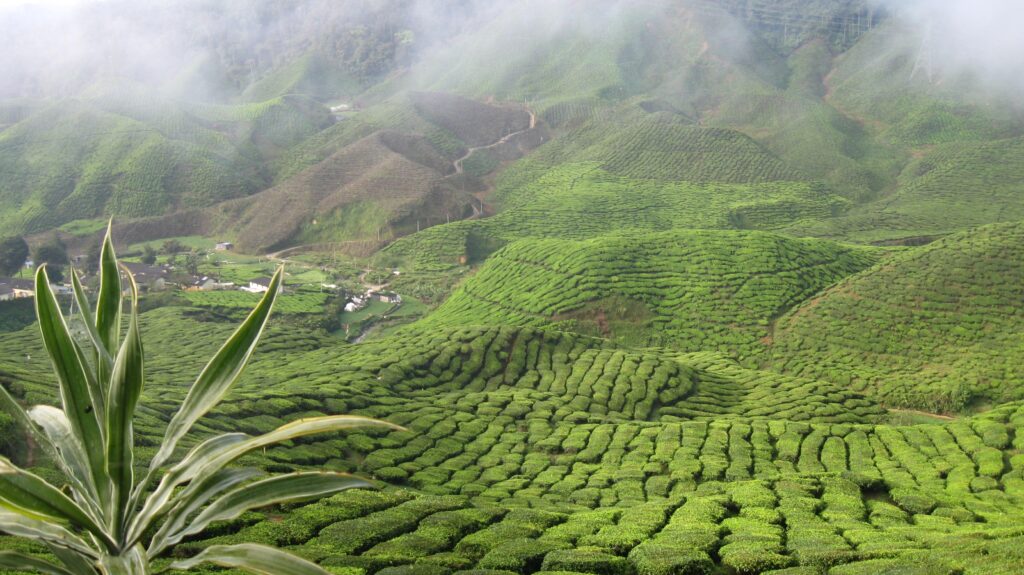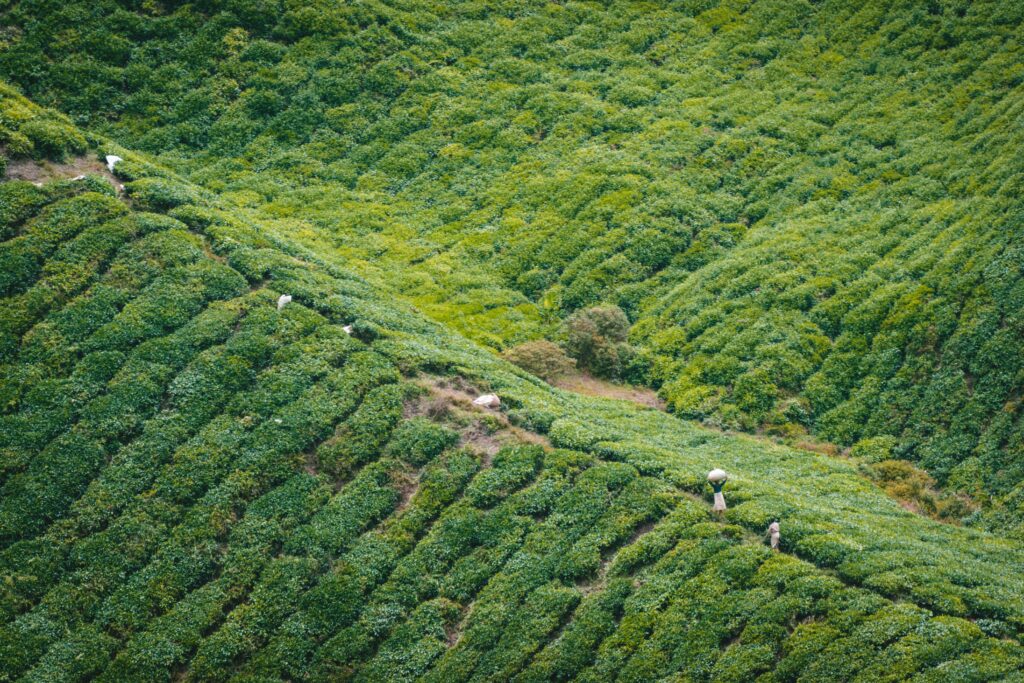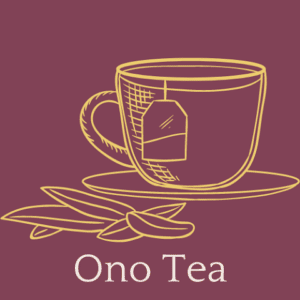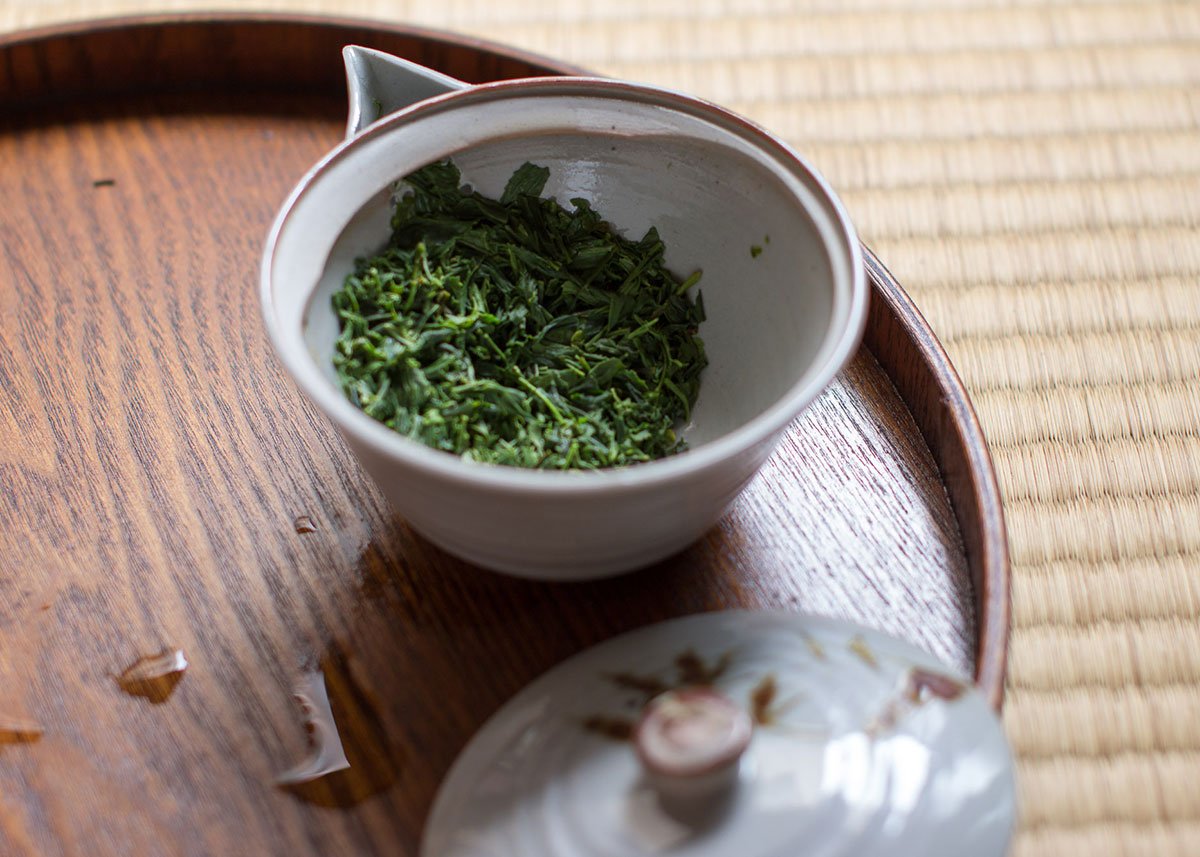Nestled up in the hills, tea lovers can often find themselves a delightful oolong tea variety. Grown high and mighty, these mountain teas have just the right oxidation level—between 20 and 40%—which is lower on the spectrum for oolongs. You will always be enamored by its fragrant taste because it is so light and delicate when brewed.
Nothing portrays luxury more than high mountain tea, with its delightful golden hue and fragrant, creamy aromas exclusive to green teas.
Grown from tea plants at a great height in an environment unlike any other, folks truly recognize it for how special it is! Its highly sought-after status among experts further proves what a remarkable delicacy it really is.
High Mountain Oolong Tea
A particularly unique tea that is renowned for being harvested from tea gardens above the clouds, hence the name ‘High Mountain Tea.’ To be classified as such, its growth must occur at a significant point of elevation, standing proud at 1,000 meters—that’s 3.3 thousand feet!
High-mountain oolong tea finds itself in the middle of green and black tea when it comes to oxidation. By unifying the advantages of green catechins with the robust antioxidants of black tea’s fondly-named ‘theaflavins’ and ‘thearubigins,’ oolong strikes the right balance between what black and green tea have to offer.
This luxury brew is created in special situations like this one and serves as an exquisite experience that all senses can savor.
This unique type of tea has had countless generations of growth and bloom, with Taiwanese farmers frequently laboring endlessly to make sure it is considered one of the finest around, and that makes sense why it became a staple for locals!
What to Expect
High-mountain teas have certain rarified connotations, which both bump up their price and make them highly sought-after. But honestly, the altitude of these mountainous terroirs lends a more subtle sip of flavor that tantalizes your tongue with nuance rather than bold notes. They boast an enviable richness with some delightful floral undertones, steeped in the soul-stirring glory of the lofty mountaintops!
If you steep it for a long time, high-mountain teas can have a hint of succulence that sweetens and deepens the flavor to near perfection. That’s when hints of fruity and buttery undertones come out boldly, making a truly remarkable cup!
The mouthfeel of a good high-mountain oolong should be silky and delicate, like floating clouds on the tongue.

Oxidation and Flavour
Our understanding of how oxidation influences the taste of what we eat and drink is constantly evolving. But it’s worth mentioning that how this tea is oxidized crafts a complex, aromatic mosaic that lingers between our palate and our memories.
High mountain teas are like no other kind of green tea—semi-oxidized to provide the same health benefits but without any bitterness or strong effects on the stomach.
An all-around winner, each plantation and mountain produces its own unique blend, transcending the flavor of previous harvests. It’s almost as if you’re tasting different wines each year!
The aroma is truly something else—smoky yet fragrant, capable of transporting your senses out into nature itself. This type of oolong really is one in a million!
Aroma
Tea aficionados savor high mountain teas for their unique flavoring—combining the superior traits of both green and black teas—as well as their surrendering, floral aroma with a splash of fruit. Clambering up the steep tea region is quite a difficult feat, so harvest yields tend to be low.
Unfortunately, these factors, along with the anxiety-inducing high demand within Taiwan, render sourcing out premium-quality stuff an uphill and pricey endeavor.
History
High mountain oolong teas, or high mountain tea, as it’s more casually known, came into existence in Taiwan back in the late 1600s and were derived from oolong tea trees imported from China.
Oolong teas have a rich history stretching back to China in the 1600s and spreading to Taiwan after creating quite a buzz in ancient China.
Benefits of High Mountain Tea
The rocky heights certainly deliver an airy treasure! Light oxidation enables high-mountain teas to possess the same health benefits as green tea but without that dreaded bitter aftertaste.
Despite this process, it’s mad how the beautiful, emerald-hued leaves remain unfazed and unveil a unique bouquet of sweet fragrances plus milky top notes—truly delightful!
Towering oolongs, just like their earthy green tea cousins, are packed with high levels of healthy polyphenols!
Polyphenols serve as shields in the body from all sorts of environmental hazards, and research suggests they could help fight off cancer, heart disease, and inflammation. Unbelievable—these simple tea leaves provide so much protection!
Oolong tea sourced from high mountains often contains L-theanine, an amino acid known to relax the nerves and aid in achieving peace. With tastes, tones, and aromas that differ from variety to variety, indulging in oolong is a wonderfully decadent way to drink your worries away and give yourself a little break.
As people always try to remain forever young, they look for ways that will help slow down aging, and it turns out drinking oolong tea is a powerful solution! With all its antioxidants providing healthy cells with protection from harm, it’s no surprise this beverage saw an increase in popularity. It really is the way to go if you want to preserve your youthful looks.
With loose-leaf tea, taking an afternoon to savor its flavor is especially delightful! Its tightly coiled leaves of high mountain oolongs unfold gradually across multiple infusions, each one uncovering unique nuances. So why not give it a try? It is definitely something that will become a staple.

Caffeine in High Mountain Tea
Drinking High Mountain Tea is certainly an energizing experience. Bursting with invigorating caffeine, cup after cup delivers an electrifying buzz that will leave your taste buds tingling and your thirst well quenched. Don’t just take our word for it; pour boiling water on those leaves and try the tantalizing treat today!
You know that High Mountain tea is chocked full of the good stuff—caffeine! It comes from the same source as all other teas: the Camellia sinensis tea plant. But what makes this type of brew so special?
Partially, it has to do with how tightly rolled its leaves are, allowing caffeine to be released more slowly. Then there are a bunch of technical details, like techniques used while brewing and processing, origin, age of the leaves, and cultivation method, that all contribute to varying degrees toward creating caffeinated perfection!
It has enough caffeine to give you a boost without giving you the jitters that a regular cup of coffee would give you.
Brewing a Cup of High Mountain Tea: Features
This lovely tea, delicately steeped and fermented, yields a sweet floral flavor that’s light and fragrant with a delightfully sweet taste. Of course, that desired quality comes from its mountainous altitude—over 1,000 meters above sea level!
The polyphenols in the tea are potent enough that they act as an emulsifying force for lipids in your digestive system. It’s like a superhero for digestion! Unraveling fat strands and breaking them down as if they were nothing: wow, this is some awesome chemistry stuff we’ve got going on right here.
Final Thoughts
There you have it! Now that you know what to expect from high-mountain oolong teas, you can relish your cuppa tea with confidence! With their remarkably singular flavor and smell, high-mountain oolong teas will have you instantly transported to the peaceful Taiwanese mountains. Are you seeking some tranquility or a little enlightenment? Go for a high-mountain oolong of your choice!
And on top of its relaxing qualities, it’s confirmed to have many biochemical benefits too. How great is that? Something about this tea makes it unlike any other; try it now and experience it for yourself!

